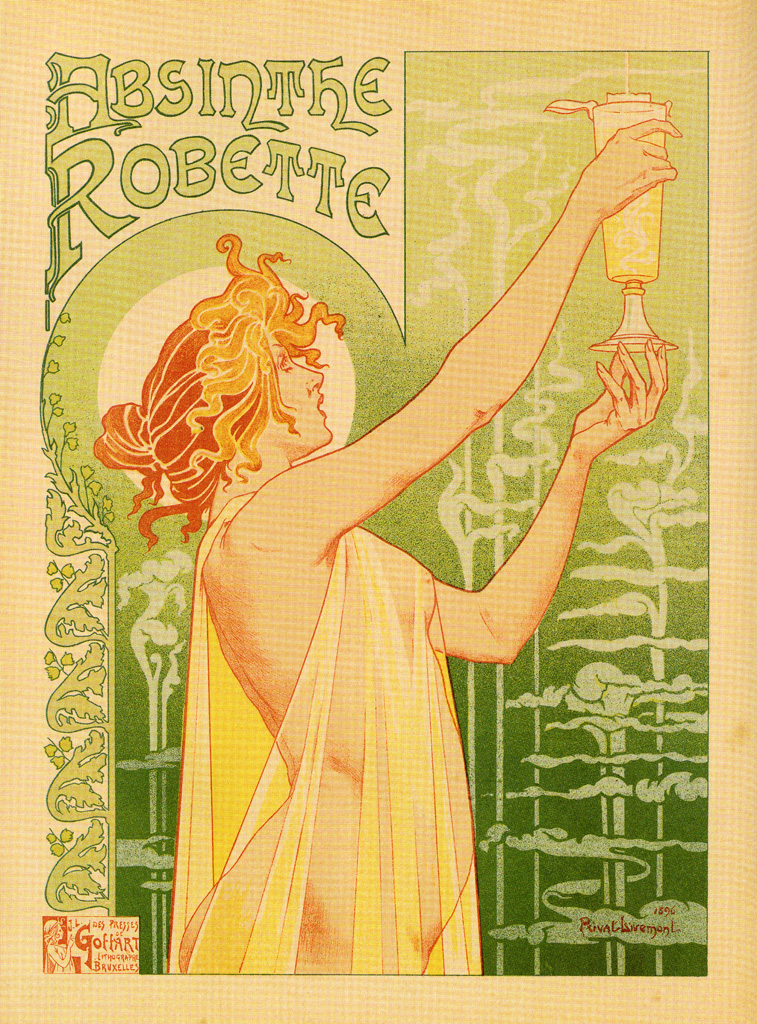
Belgium had banned it in 1905 and the Netherlands in 1910. In 1910 Switzerland declared absinthe illegal. The canton of Geneva, reacting to its own “absinthe murder,” followed suit. The canton of Vaud (containing Commugny) banned it less than a month after Lanfray’s death. The murders energized prohibitionists-the drink became a Swiss national concern. Found guilty on four counts of murder-his wife, an examination revealed, had been pregnant with a son-Lanfray hanged himself in prison three days later. He had examined the defendant and declared confidently that only sustained, daily corruption by that foul drink could have given him “the ferociousness of temper and blind rages that made him shoot his wife for nothing and his two poor children, whom he loved.” The prosecution countered that his absinthe consumption was dwarfed by his prodigious intake of other alcohol. The lawyers called to the stand Albert Mahaim, a leading Swiss psychiatrist.
#Absinthe fairy trial
The press seized on Lanfray’s story, dubbing it ‘the absinthe murder.’Īt his trial the following February, Lanfray’s lawyers declared him a classic case of absinthe madness-a medically ill-defined affliction, but one that captured the public imagination. La Gazette de Lausanne, a French-language Swiss newspaper, called it “the premiere cause of bloodthirsty crime in this century.” Prohibitionists could not have imagined a more potent metaphor for social decay. The press seized on Lanfray’s story, dubbing it “the absinthe murder.” For members of the anti-absinthe movement (including many newspaper editors), two glasses of pale-green liquid explained why a family lay dead.
#Absinthe fairy series
“Absinthe,” Commugny’s mayor publicly declared, “is the principal cause of a series of bloody crimes in our country.” A petition to outlaw the drink gathered 82,000 signatures in just a few days. Anti-absinthe sentiment had been bubbling throughout Europe, and in Switzerland it boiled over. Then he went into the next room, walked to the crib of his other daughter, Blanche, and shot her.įrom this domestic tragedy the people of Commugny drew one inescapable conclusion: the absinthe made him do it. When his daughter Rose came to investigate, he shot her too. He took his loaded rifle from the wall and shot her through the forehead. Back home Lanfray finished a liter of wine as his wife watched in disgust. Heading home, Lanfray stopped at a café and drank black coffee with brandy. He drank another glass before leaving work. At lunch and during his afternoon break from work at a nearby vineyard, he downed six glasses of strong wine. Lanfray had drunk his way through the previous day, beginning near dawn with a shot of absinthe diluted in water.

“I loved my family and children so much!” “Please tell me I haven’t done this,” he wailed. Facing the bodies of his family, he wept, insisting he didn’t remember shooting the three. In the smallest coffin lay her two-year-old daughter, Blanche.īefore the coffins stood Jean Lanfray, a burly, French-speaking laborer. The mother’s was the largest, adult-sized a smaller casket held her four-year-old daughter, Rose. , Ulrich Hosse, Hussitenstr.It was late August 1905 in the small village of Commugny, Switzerland, and three coffins stood open to the air.

Mandatory information according to the Food Information to Consumers (FIC) EU Regulation 1169/2011: 1169/2011 Who wants to enjoy Sina Absinthe "on the rocks", should not to destroy the flavour, by first adding the water and then the ice cubes. Since Absinthe Sina contains essential oils, the so-called Louche effect is generated by the addition of water (ie it becomes turbid milky white). It contains among others the following additions such as fennel, cinnamon, licorice, chamomile, coriander and mint. Absinthe Sina The Green Fairy is an absinthe, which is produced by natural plants.


 0 kommentar(er)
0 kommentar(er)
